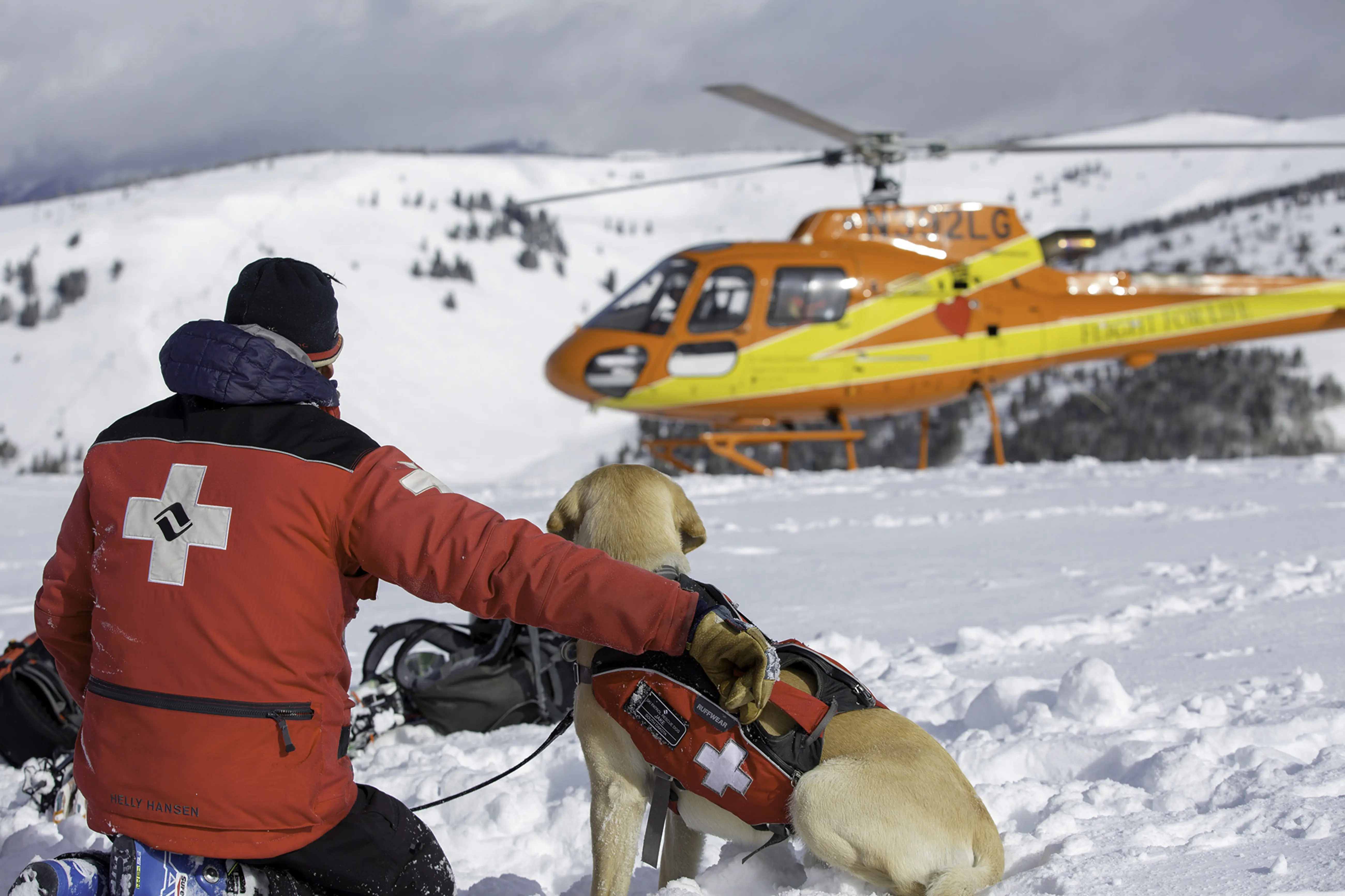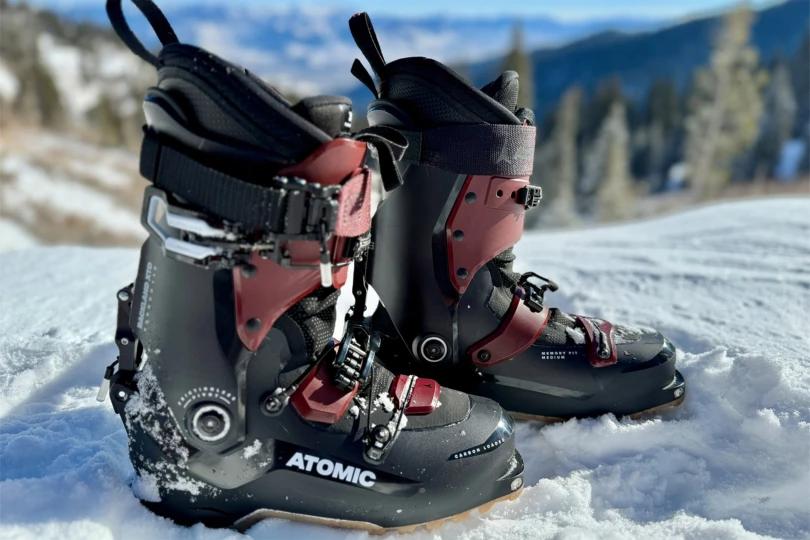Balancing downhill power and performance with acceptable cross-country capability has long been a battle for backcountry-skiing connoisseurs. You need speed on the flats and control when you’re going down, a free heel to stride, and power to turn and stop where the mountains tip steep.
All these requirements do not add up to any whole. Despite decades of tweaking and the development of hundreds of products, a single system for all snowy terrain has never come to light.

Karhu XCD 10th Mountain ski
Karhu, a brand created in Finland that came to North America in the 1970s, offers a line of skis that treads the middle ground better than most. The company’s XCD line, unveiled 30 years ago, was initially touted as a marriage of downhill and cross-country qualities — metal edges, Nordic builds, and a sidecut and camber capable of touring as well as turning on the slopes.
A new entrant in the XCD line, I recently tested Karhu’s 10th Mountain ski, which, at about three pounds per ski, is light enough for cross-country skiing and uphill plodding. But the $350 skis, which have full metal edges and a slalom-friendly sidecut, slice quick turns on slopes up to 45 degrees.
My test paired the 10th Mountain ski with the company’s lace-up XCD Traverse boot and Voile 3-Pin Cable Telemark bindings. On the snow, the lightweight setup seemed skewed at first toward touring, with a camber that popped the midsection up and a fish-scale grip pattern underfoot for pushing off in lieu of kick wax.
In the backcountry, the Karhu (www.karhu.com/skis) configuration lets you leave climbing skins behind, with the etched fish scales gripping snow so you can push off and glide. But going uphill is not always easy in these skis. I had to cut wide switchbacks on a 30-degree slope, traversing back and forth across the face, to keep the scales gripping and in contact as I moved. Any steeper and they’d slip backwards with pressure during a stride.

Karhu XCD Traverse boot in Voile 3-Pin Telemark bindings
Another issue: My test skis, which are 185cm long and 68mm wide in the middle, did not support my weight in powder snow. On a ski straight through the woods, each stride sunk into the fluffy snow several inches, and the motion felt more like snowshoeing than skiing.
On denser snow and wind-blown slopes, the 10th Mountain floated fine.
The setup excelled, surprisingly, on the downhills. I tentatively worked my way up from an easy slope to the steeps at a ski resort. My Telemark technique is far from refined, but the XCD system remained solid underfoot as I skied black diamond runs and slalomed in trees.
In the quest for the perfect all-around ski, the 10th Mountain does not emerge as a final solution. But compared to my regular alpine-touring setup, which includes heavy skis and plastic boots, the XCD system is a lightweight joy on anything less than extreme — uphill, going down, or across a flat expanse.
—Stephen Regenold writes a daily blog on outdoors gear at www.gearjunkie.com.






